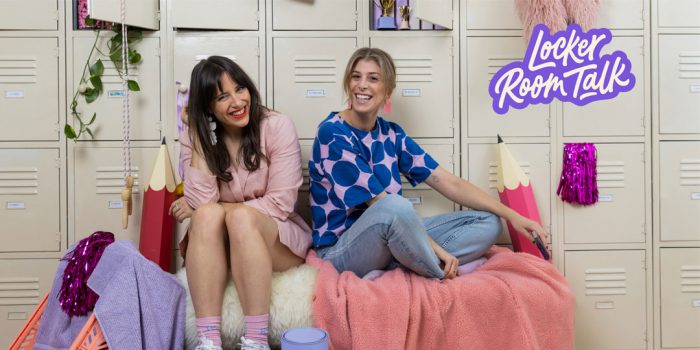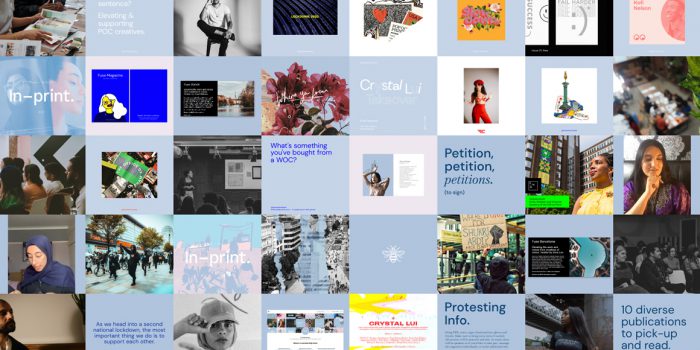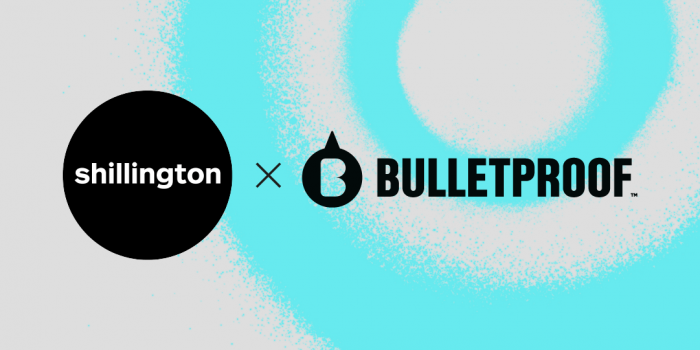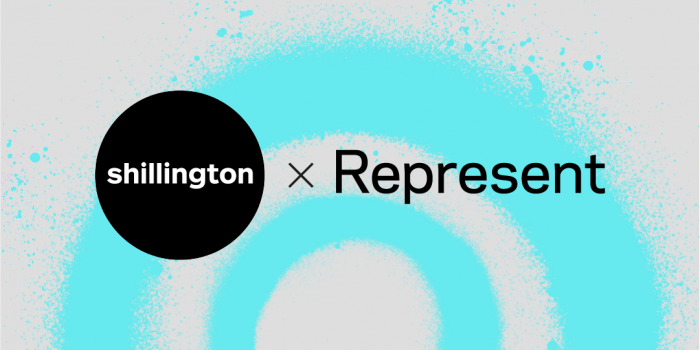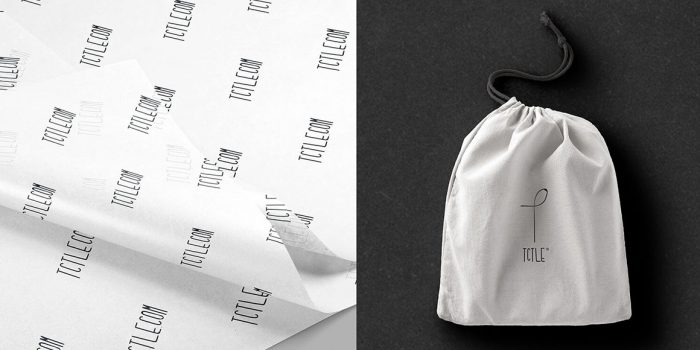The Plight of “Other”: Thoughts from a Black Female Graphic Designer
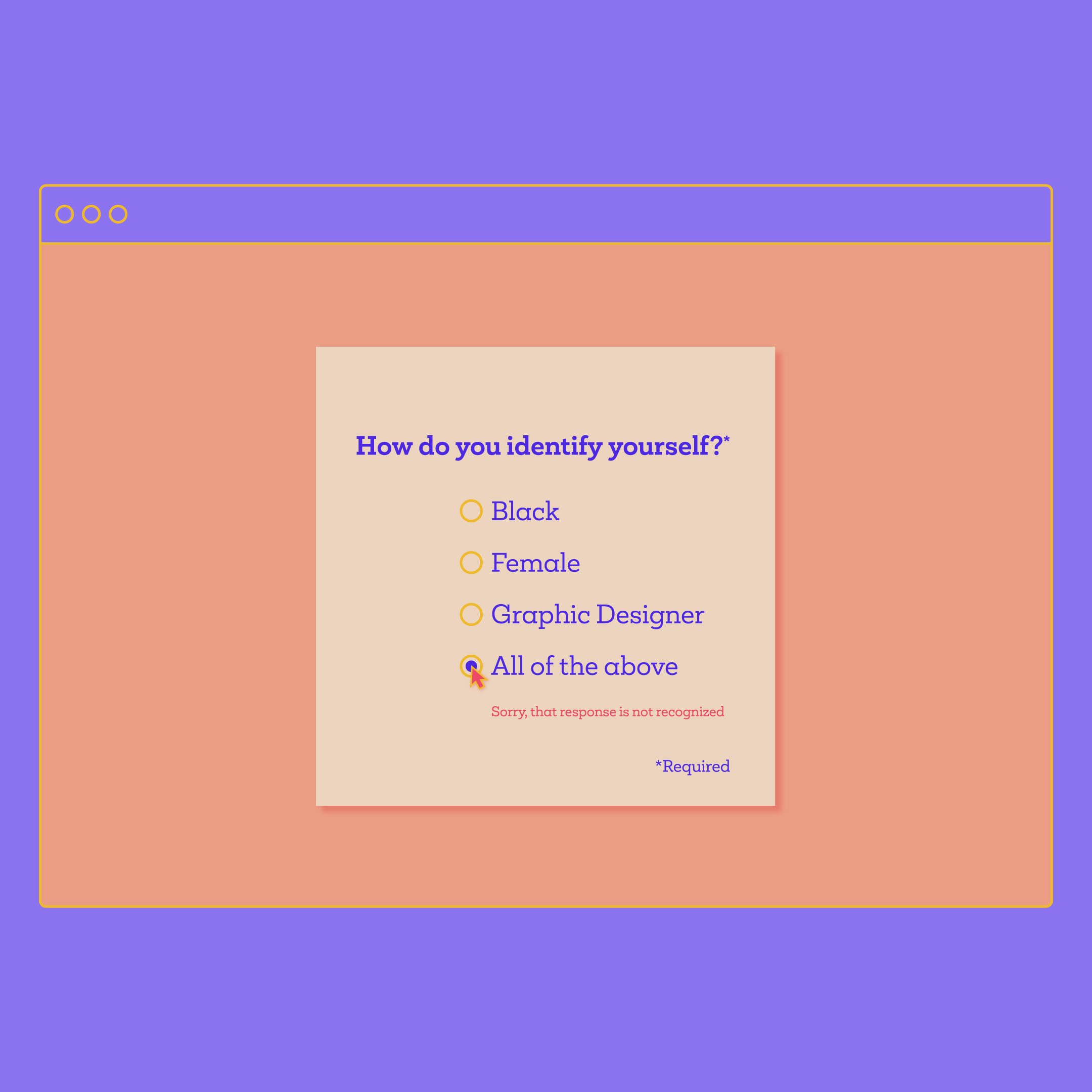
Deepa Shanbhag is a graphic designer, business owner and a part-time Shillington teacher, based in New York. She has worked primarily in-house with notable fashion brands to help market their collections via print or through digital platforms. Read on to hear what it’s been like for her as a woman of color in the creative industry, and how she has navigated through.
There’s this feeling of “other”, right? It starts by having so many ways to identify yourself, but somehow your identity is chosen for you by someone else when you enter a new space. It’s not comfortable. Mostly because you know you’re more than that one label. You find yourself in these spaces, having to live with that label you didn’t choose and somehow get elected the de facto representative of all the individuals that fit the stereotype they shoved you into.
I’m a Black, female, graphic designer and I’ve spent my life in predominantly White spaces. I’m usually the “other”.
It’s something I’m very conscious of when I enter any space, especially the workplace, but it’s not a new sensation. I’ve learned to quickly assess my surroundings and adjust myself immediately. Everything from demeanor and actions, to cultural references and physical appearance. It’s a reflex at this point.
Recently, stories of racial bias against BIPOC in the workplace have gotten a lot of needed attention. Brands have been called out publicly by employees for championing change and allyship despite ignoring internal concerns regarding toxic work environments and having little to no racial diversity on teams. Leadership teams especially. I’ve worked for many companies both in the editorial world and in fashion. I’ve had to report into at least 13 senior creative directors over that time. Only one was a person of color and none were women of color. It seemed that for people of color, the last stop was art director, with at least 2 more senior creatives above them.
I take my career seriously as I love what I do and I want to do it for as long as I can. I believe in the “it takes a village” mindset, so I seek advice from all sources and apply accordingly. Often my sources are White women, as they are in the positions I want to be in. Like all advice, it comes from personal experience. In articles about leadership, I’m told not to be afraid to be assertive because assertive doesn’t mean “bitch”, but what if assertive means “aggressive” or “ghetto” or “threatening”? All coded language grounded in fear of my skin color. It’s something they’ve never had to consider, but something I do. I’ve seen it happen to other Black co-workers. It’s happened to me to some degree. Being tied to any implication of being a threat makes succeeding at that job, that much harder. That harmful take of events can also follow me from job to job if I want to keep growing within the same industry.
Then there’s salary. I spent over 2 years actively working on career growth with a focus on building skills and being compensated fairly. I took the lessons I learned from the same village of White women and steadily climbed the ladder in regards to pay. At some point, I was faced with a lot of hard choices in regards to roles and salary and reached out in an effort to gain some advice. This time I asked more than White women—and included males of different races. The advice was the same across the board “It’s not gonna get any better than this. Settle.” It was frustrating for many reasons, but the biggest of which was settling meant accepting a $15k salary reduction on my current value in the industry and stepping back in title. To me that meant in X years I would be fighting to get back to where I currently was, while my peers continued to climb on.
It was a Black woman that gave me the best advice. She said if this was something I wanted, set a goal, set a deadline, do the research and make decisions accordingly.
Talk to creative directors in the industry. Ask them how long it took them to get a six-figure salary. If it took them 10 years and I’m 5 years into my career, how does the position I’m being offered get me closer to that goal? Can I afford to work for a reduced salary for X years if the skills learned will mean a better paying position in X time? If I take a pay cut, can I get compensated in other ways (equity, more PTO, work from home options, etc)? It was practical advice that gave me the power to choose my path and not accept stepping backward so readily.
This was not the first time I felt seen, heard and understood in relation to my career. Years prior I had begun to notice a pattern and it was that usually, a Black or Brown woman recognized the challenges I was experiencing and provided either a story or specific advice on how to navigate through it. Black women are not saviors, just human, but them being able to provide advice while considering the nuances involved, made me realize that I needed to expand my village to include people that looked like me. So I did so through Twitter and Instagram. I followed Black women working in the fashion or magazine industry and learned from reading their stories. And though their stories resonated with me the most, I came across other women of color who shared similar experiences of racism & sexism in the workplace. I felt less like an “other” and more like myself, despite not knowing any of these women personally. I wanted to channel those feelings into solutions.
I have dreams of being a Creative Director at some big brand and changing it all up. Hiring a racially diverse team of creatives so that our office reflects the world we live in.
So that no team member felt like the “other”. But that requires time, patience and luck as it requires too many “yeses” to hire one person. So instead of waiting for my seat at the table, I decided to build a table and build it big enough so that other women like me could sit at it.
I started a small business called TCTLE which is a home goods and accessories brand dedicated to supporting creative women of color. I partner with other women of color, who have their own small businesses and sell their stuff. My intent is to introduce my audience to brands they may not have heard of before, so they can follow and support. I also decided that 10% of all sales get donated to organizations that support people of color to further encourage on-going support for minorities. Additionally, TCTLE hosts a free directory of names of women of color from all over the globe so that when looking to hire for creative roles, employers aren’t just limited to their network.
I still work full-time at a business that’s not my own. I make a conscious effort to build my knowledge of who’s out there so that when the next conversation for creative partnerships or who to hire occurs, I have names of talented women of color to suggest. The intent being using my place in the industry, what little influence I have, to put money into someone else’s pocket. It costs me nothing.
As TCTLE grows, I’m building it to be the company I’ve always dreamed of existing and make my role the opportunity I’ve always wanted. Reduce the feeling of “other”. Remove it altogether, since I’m dreaming big. I’m forever going to advocate for hiring more women of color, compensating them fairly and making sure they are supported in the workplace. We need someone advocating for our growth other than ourselves.
If you take anything away from this piece, take this: supporting people of color should be an on-going thing.
Big thanks to Deepa for sharing her story and experience as a woman of color designer. For more guest author content from Shillington teachers and industry on a broad range of topics, check out the articles on the blog.
Header image design by Deepa Shanbhag.
Want to win some amazing prizes and stay in the loop with all things Shillington? Sign up to our newsletter to automatically go in the draw.
